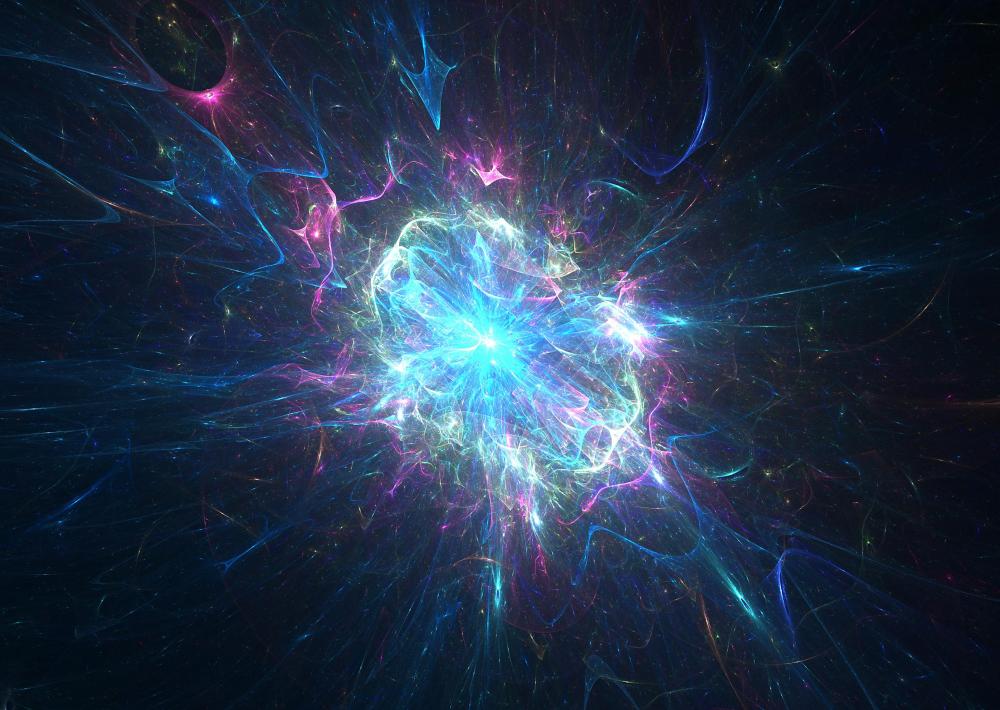At WiseGEEK, we're committed to delivering accurate, trustworthy information. Our expert-authored content is rigorously fact-checked and sourced from credible authorities. Discover how we uphold the highest standards in providing you with reliable knowledge.
How Quickly Can a Neutron Star Spin?
There’s something special about looking up at the night sky and seeing the stars flickering, making us stop and think about the marvelous universe beyond our planet. The stars are incredible, to be sure, especially when it comes to neutron stars.
The term "neutron star" refers to the remains of a very large star that has reached the end of its life. A certain type of neutron star, known as a pulsar, is capable of spinning at incredible speeds. These rapidly spinning neutron stars have been recorded at frequencies of over 700 Hz (times per second), which is faster than the blades of a kitchen blender. The fastest-spinning neutron star on record is known as PSR J1748−2446ad, and it rotates at an incredible rate of 716 times a second.

Young neutron stars release electromagnetic radiation as they spin, which is how they can be detected from Earth. They cool over time and their spinning rate decreases, which is referred to as a "spin down." Neutron stars can also experience an increase in their rotation speed, or a "spin up," which occurs when they absorb matter from other stars.
Massive and mysterious neutron stars:
- According to NASA, the Milky Way galaxy contains up to a billion neutron stars, most of which are young neutron stars.
- Jocelyn Bell Burnell and Antony Hewish are credited with the discovery of pulsars in 1967.
- The density of neutron stars is so great that just one teaspoon of a neutron star would have a mass over 900 times that of the Great Pyramid of Giza.
AS FEATURED ON:
AS FEATURED ON:











Discuss this Article
Post your comments